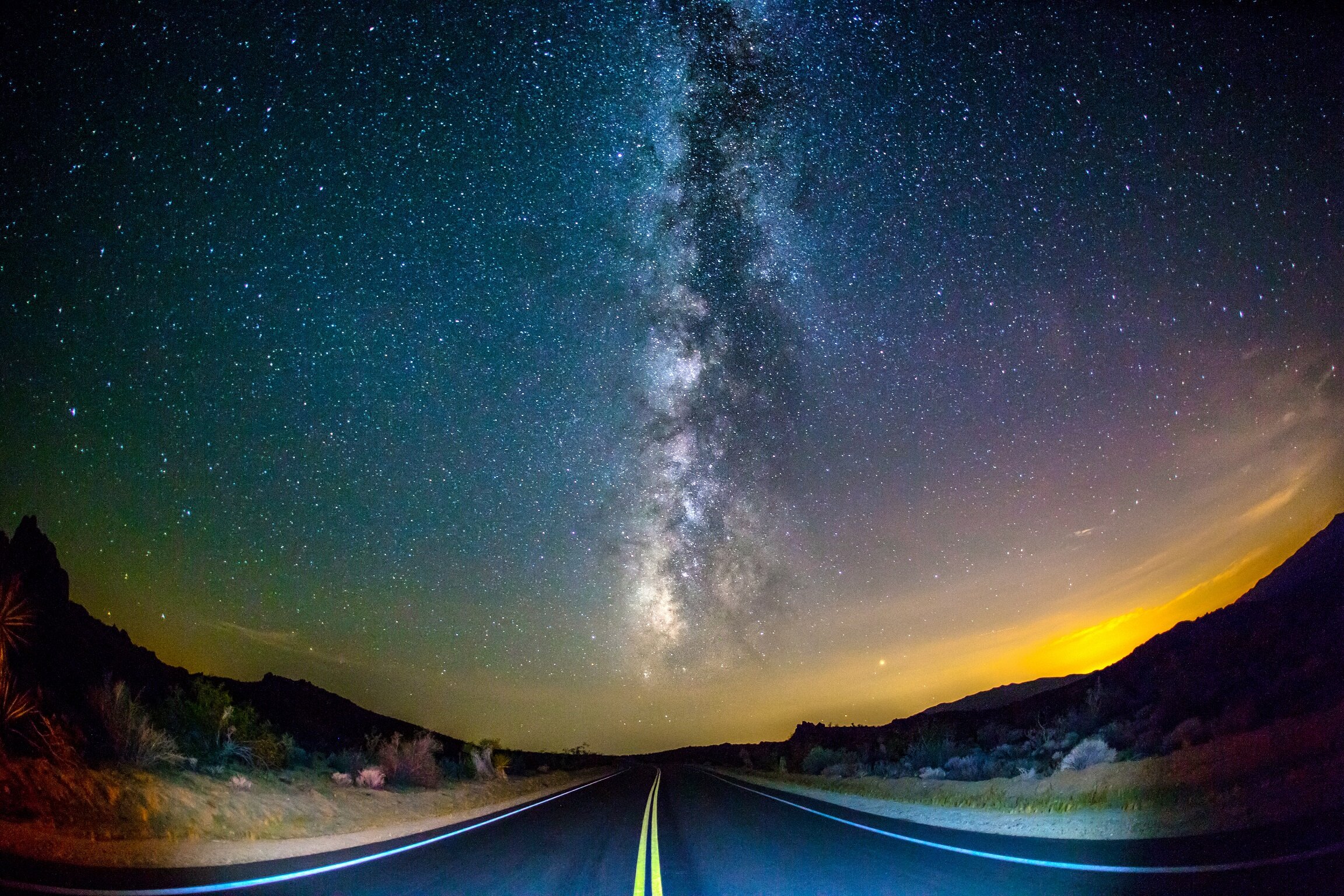Not long ago, my colleagues and I found some micrometeorites in the Pilbara region in Western Australia. What’s truly remarkable about them is that these tiny meteorites can tell us a great deal about the chemistry of Earth’s atmosphere 2.7 billion years ago.
Explainer: what is microgravity?
It’s easy to assume that astronauts float in space because they are far away from the Earth’s gravitational force. But look at the moon. It is much further away than the International Space Station, yet it orbits around the Earth because it is perpetually attracted by its gravitational pull. So if the Earth’s gravity can affect the moon, the astronauts cannot be floating because there is no gravity where they are.
All of humanity should share in the space mining boom
How could we build an invisibility cloak to hide Earth from an alien civilization?
Is Alpha Centauri the right place to search for life elsewhere?
How ancient Aboriginal star maps have shaped Australia’s highway network
How exploring Mars could help us fight climate change on Earth
The surface of Mars is a cold desert. Scars in the landscape point to a history of flowing rivers, standing lakes and possibly even planetary oceans. Yet the current Martian atmosphere has a density that’s around 0.6% of Earth’s, making it far too thin to support liquid water – or life – on the barren surface.
Saturn’s moons may be younger than the dinosaurs – so could life really exist there?
The five greatest balls of fire over Earth
We live on a moving target in a cosmic firing range. Each day, the Earth is bombarded by about a hundred tonnes of space debris. It may sound alarming, but this is really nothing to worry about. Most of the objects that fall towards our planet are pretty small – typically about the size of a grain of sand or even smaller – and burn up in the upper atmosphere tens of kilometres above the ground.
Here’s how we could build a colony on an alien world
We should work together in the race to mine the solar system
What would happen if Earth fell into a black hole?
Black holes have long been a source of much excitement and intrigue. And interest regarding black holes will surely grow now that gravitational waves have been discovered. Many of the questions I am asked regard how “true” science fiction concerning black holes might be, and whether worm holes, such as those featured in Stargate, are real or not. Invariably though, the one item that is almost assured to come up are the largely gruesome ways in which black holes might theoretically affect human beings and the Earth itself.
The forgotten moon landing that paved the way for today’s space adventures
Crashing into a planet is seldom a good idea. If you’re trying to travel to another world, you’re likely to land at tens of kilometres per second unless you do something serious to slow down. When Neil Armstrong famously became the first man on the moon in 1969, he piloted a lunar module onto the surface using thrusters that slowed the craft’s descent.
How to build a starship – and why we should start thinking about it now
Five amazing things that happen to your body in space
Damaging electric currents in space affect Earth’s equatorial region, not just the poles
The Earth’s magnetic field – known as the “magnetosphere” – protects our atmosphere from the “solar wind.” That’s the constant stream of charged particles flowing outward from the sun. When the magnetosphere shields Earth from these solar particles, they get funneled toward the polar regions of our atmosphere.
Explainer: the mysterious dark energy that speeds the universe’s rate of expansion
Explainer: what is a neutron star?
Neutron stars, with a solid crust (and even oceans and an atmosphere!) are the densest solid object we can observe, reaching a few times the density of an atomic nucleus at their core. A sample of neutron star material the size of a grain of sand would weigh roughly the same as the largest ship ever to sail the seas – more than 500,000 tonnes.
How to clean up space debris – using game theory
A piece of debris just 10cm in diameter could cause an entire spacecraft to disintegrate and it is estimated that there are more than 29,000 objects larger than 10cm in Earth’s orbit. This poses a major risk to the spacecraft to-ing and fro-ing from the International Space Station, not to mention the hundreds of satellites that are now essential to daily lives.
Did ‘dark matter’ or a star called Nemesis kill the dinosaurs?
The dinosaur extinction 66m years ago was most likely caused by a comet or big asteroid hitting the Earth. But given that asteroids don’t actually hit our planet very often, could this really be the whole story? Many scientists are now asking whether some sort of cosmological event could have boosted the number of comets at the time, making such a collision more likely.
















